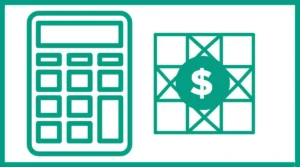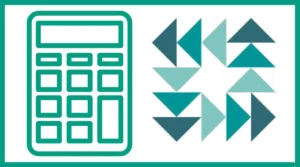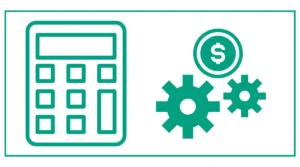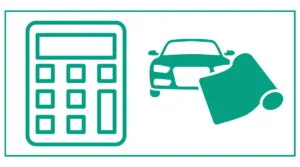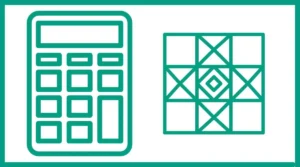What is the Fabric Conversion Calculator?
The Fabric Conversion Calculator allows users to quickly and accurately convert fabric measurements between different units. It supports conversions between centimeters (cm), meters (m), inches (in), feet (ft), and yards (yd).
How to Use the Fabric Conversion Calculator
Using the Fabric Conversion Calculator is straightforward and intuitive. Here’s a step-by-step guide to help you get started:
- Input Value: Enter the numerical value of the measurement you want to convert in the “Input value” field.
- Select Input Unit: Choose the unit of measurement for your input value from the dropdown menu labeled “Input unit.”
- Convert: Click the “Convert” button to perform the conversion.
- View Results: The calculator will display the converted measurements in all available units (cm, m, in, ft, and yd) below the input fields.
Benefits
The Fabric Conversion Calculator offers several advantages for anyone working with textiles:
- Accuracy: By using precise conversion factors, the calculator eliminates human error in manual calculations, ensuring accurate results every time.
- Time-saving: Instead of referring to conversion tables or performing multiple calculations, users can obtain all necessary conversions with a single click.
- Versatility: The calculator supports multiple units, making it useful for a wide range of projects and international patterns.
- Accessibility: Being an online tool, it’s readily available whenever and wherever you need it, as long as you have internet access.
- User-friendly interface: The simple design makes it easy for users of all skill levels to operate without confusion.
Practical Applications in Sewing and Crafting
The Fabric Conversion Calculator can be applied in various scenarios within the sewing and crafting world. Here are two relevant examples to illustrate its practical use:
Example 1: International Pattern Adaptation
Imagine you’re an American quilter who has found a beautiful quilt pattern from a European designer. The pattern specifies fabric requirements in meters, but you’re more comfortable working with yards. Here’s how the Fabric Conversion Calculator can help:
- The pattern calls for 2.5 meters of fabric for the quilt top.
- Enter “2.5” in the Input value field.
- Select “Meter (m)” from the Input unit dropdown.
- Click “Convert.”
- The calculator will show that 2.5 meters is equivalent to approximately 2.73 yards.
With this information, you can confidently purchase the correct amount of fabric in yards for your project.
Example 2: Adjusting Curtain Measurements
Let’s say you’re making curtains for a room with a window that measures 60 inches wide. You want to ensure the curtains are 1.5 times the width of the window for proper fullness, but you need to convert this measurement to yards for fabric purchasing. Here’s how to use the calculator:
- Multiply 60 inches by 1.5 to get 90 inches (the desired curtain width).
- Enter “90” in the Input value field.
- Select “Inch (in)” from the Input unit dropdown.
- Click “Convert.”
- The calculator will show that 90 inches is equivalent to 2.5 yards.
This quick conversion helps you determine that you need to purchase at least 2.5 yards of fabric for your curtain project.
Understanding the Conversion Factors
To appreciate the accuracy of the Fabric Conversion Calculator, it’s helpful to understand the conversion factors it uses:
- 1 meter = 100 centimeters
- 1 meter = 39.37 inches
- 1 yard = 91.44 centimeters
- 1 yard = 36 inches
- 1 foot = 30.48 centimeters
- 1 foot = 12 inches
These precise conversion factors ensure that the calculator provides accurate results for all unit conversions.
Limitations and Considerations
While the Fabric Conversion Calculator is a powerful tool, it’s important to be aware of its limitations:
- It doesn’t account for fabric shrinkage, which can vary depending on the material and washing method.
- The calculator doesn’t consider seam allowances or extra fabric needed for pattern matching.
- It’s designed for linear measurements and doesn’t calculate area or volume conversions.
